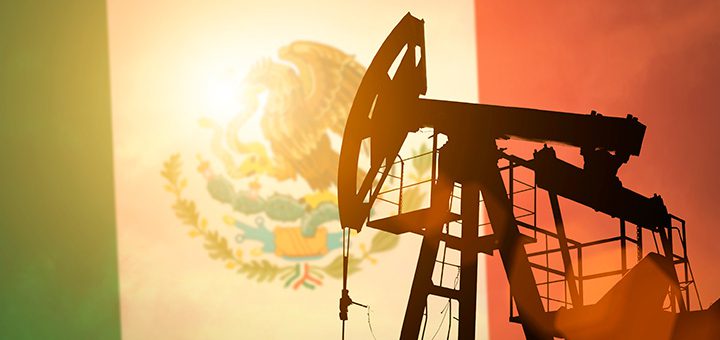
Mexico’s energy reform: the full transformation of a country
- Posted by México
- On Monday January 16th, 2017
- 0 Comments
- economic, enerfy reform, global energy industry, pemex and cfe, supporting infrastructure, the most relevant aperture
Mexico’s energy reform is ongoing since 2013, and is the most relevant aperture in the sector in the past 20 years. It is expected to reverse the country’s declining oil production by increasing the share of renewables in the power sector, and also will be able to decrease carbon emissions in order to provide a solid and robust economic growth in the coming decades.
The energy sector is being completely reshaped by the reform, which in other instances ends the longstanding dominance of Petróleos Mexicanos (Pemex) in oil and gas, and of Comisión Federal de Electricidad (CFE) in the electricity sector. This will open the market to new technologies.
The challenge is to create enough supporting infrastructure. This has drawn the attention of the global energy industry because of the wide range of opportunities that Mexico is giving for investors, operators and suppliers.
The energy reform seeks to provide Pemex and CFE with legal, contractual and fiscal tools, as well as financial and administrative autonomy, to freely associate with any potential partner in order to facilitate private and public investments for the exploration and exploitation of green technologies, shale oil, gas and other renewable sources.
Fortunately, 26% of the energy produced in Mexico nowadays is from renewable energies such as hydropower, wind power, geothermal, solar, nuclear, and biomass. This can place the country as a great region for investment in green technologies in order to reach its goals of 35% in 2024, 40% in 2035, and 50% in 2050 in terms of sustainability.
However, Mexico’s logistical network faces some issues that need to be addressed urgently. On the one hand, the existing pipeline built by Pemex is limited as it only covers two main axes: one that runs from northern Chihuahua to northern Veracruz via Durango and Nuevo León, while the other links Zacatecas with Tabasco. On the other hand, the rest of the nation is supplied mostly by trucks and even trains that make it more expensive and dangerous to transport.
Mexico is seeing some unprecedented changes such as importing gas from anywhere in the world and setting off the subsidized prices of fuel in addition to the electricity auctions that involve long-term power purchase agreements with the country’s state utility CFE.
Moreover, Mexico has been planning the first event designed to materialize the opportunities brought by this energetic rearrangement: Energy Mexico Oil Gas Power Expo & Congress. a gateway to the New Mexican Energy Market.
This transformation touches every part of the energy sector and beyond by allowing private investment in exploration, extraction, refining, transport, storage and distribution of hydrocarbons and its derivatives as well as in activities related to the generation and commercialization of electricity.
The adequate supply of end-user products is essential to the good functioning of the domestic economy. Because of this distribution chain, the transportation and storage legislation needs to be a matter in question imminently.
The effects on the economy will greatly depend on attracting investment into the energy sector. The current global situation with the role of Iran in energy markets, Russia’s weakened position in the gas sector, China’s economic slowdown and the US-Saudi Arabia oil price war have delayed the economic benefits of the Mexican energy reform.
A very important year lies ahead for the full incorporation of the energy reforms, and the changes in the consume model of the country. BBVA’s last Mexico Economic Outlook report forecasted an increase to 2.2% in GDP in 2016 and hopes for a 2.6% GDP this year.





0 Comments